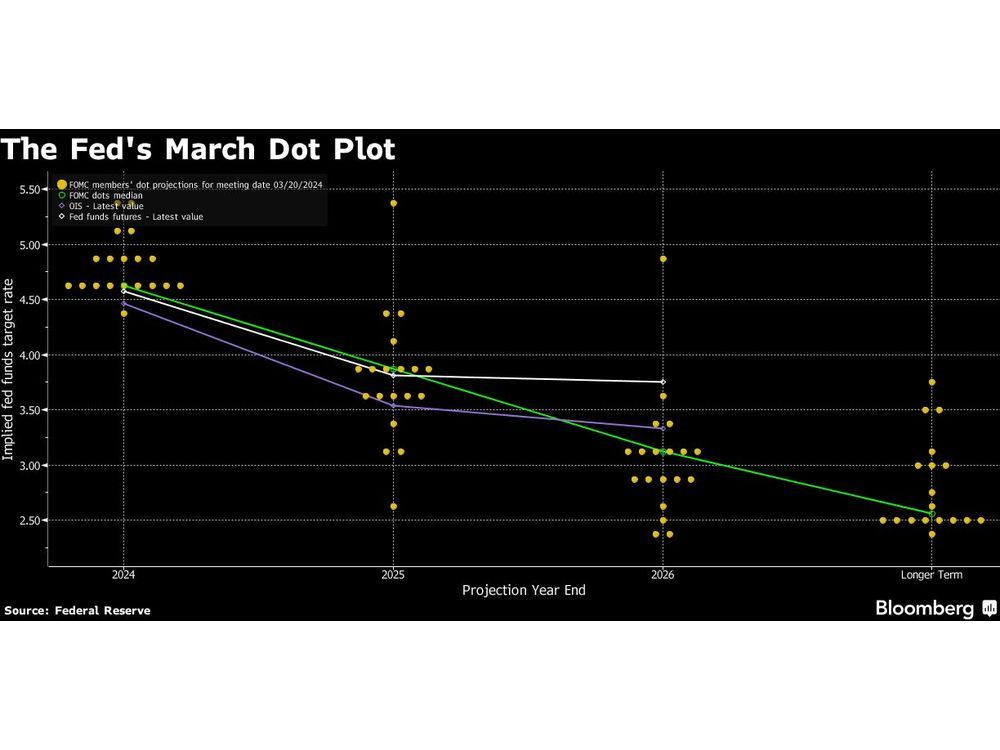Follow us on LinkedIn
Previously, we elaborated on why hedging is an important tool for risk management. We illustrated the importance of hedging with examples from the commodity, mortgage back securities, and foreign exchange markets.
A recent paper [1] evaluated the hedging effectiveness of various range-based volatility estimators. Among them, we can find the commonly used GARCH model.
Generalized AutoRegressive Conditional Heteroskedasticity (GARCH) is a statistical model used in analyzing time-series data where the variance error is believed to be serially autocorrelated. GARCH models assume that the variance of the error term follows an autoregressive moving average process.
Although Generalized AutoRegressive Conditional Heteroskedasticity (GARCH) models can be used in the analysis of a number of different types of financial data, such as macroeconomic data, financial institutions typically use them to estimate the volatility of returns for stocks, bonds, and market indices. They use the resulting information to help determine pricing and judge which assets will potentially provide higher returns, as well as to forecast the returns of current investments to help in their asset allocation, hedging, risk management, and portfolio optimization decisions. Read more
The article concluded,
The study is based on weekly data from January 2000 to December 2016 for six markets, including crude oil, gold, silver, natural gas, S&P 500, and NIFTY 50. The performance of hedge ratios estimated with various methods is evaluated with variance and semi-variance as the measures. The empirical results indicate that there is no specific econometric method, which outperforms the others consistently and significantly. The rolling OLS and BEKK GARCH methods are more efficient for estimating the optimal hedge ratio as compared to the other methods. The hedge ratios estimated with range-based models are not as efficient as those estimated with returns-based models are. More importantly, there is no significant difference in the variance/semi-variance of the naïve or rolling OLS based portfolios when compared to the other best-performing portfolios. The results are in line with some previous studies, which suggested that the simple naïve and OLS methods perform as well as the other more complex and sophisticated methods, if not better than them. The range-based methods are no exception to these general findings.
Briefly, simple hedging methods work as well as other more complex and sophisticated ones.
References
[1] V. Pandy, V. Vipul, Hedging performance of range-based volatility estimators, Journal of Business and Economic Studies, 2020
Further questions
What's your question? Ask it in the discussion forum
Have an answer to the questions below? Post it here or in the forum

GENEVA, March 31, 2024 (GLOBE NEWSWIRE) — Ambassador Nobel C.K. McWhorter & McWhorter Family Trust announce its strategic collaboration with Vacheron, an epitome of luxury watchmaking and the world’s oldest watch manufacturer in continuous operation. This partnership celebrates Vacheron’s unparalleled dedication to artisanal heritage, excellence,…

Equity markets in Asia look set to open higher as the Federal Reserve reiterated it’s in no rush to cut interest rates and will await more evidence that inflation is under control.


